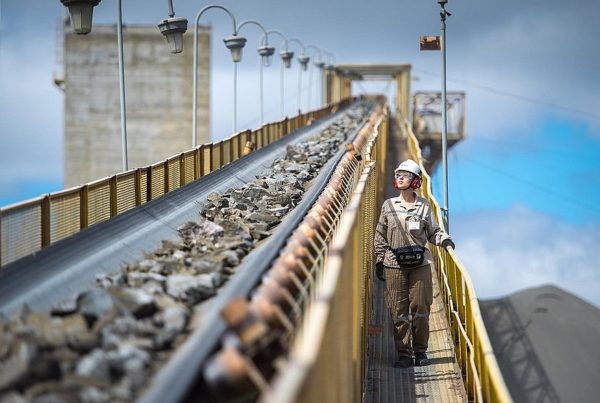Por: bnamericas | Por: Rogério Jelmayer
Data: 11/03/2021
Brazil’s mining royalty model based on the CFEM tax collection system is suffering from a lack of transparency that can result in inadequate compensation for local communities, according to an expert.
“The inspection methodology regarding CFEM collection is manual and very out dated and requires modernization”, Valdir Farias, executive director at Brazilian mining consultancy Fioito, told BNamericas.
CFEM is paid by mining companies to the federal government, which divides it up and makes the tranfers to states and municipalities. The process is monitored by mining sector regulator ANM.
Collection failures can greatly affect the transfer of funds to communities that live in areas where mining is taking place, said Farias.
According to Farias, who is a former regional head of CFEM inspection at the minerals production department (DNPM), there are currently 10bn reais (US$1.76bn) worth of CFEM taxes that are under litigation due to disagreements between companies and the authorities.
A study from the Brazilian Institute for Social and Economic Analysis (Ibase) conclued that there is a lack ot tinancial transparency in the country´s mining sector.
Although the study was only based on Anglo American’s Minas-Rio iron ore mine in Conceição do Mato Dentro municip-ality in Minas Gerais state, Ibase said the findings offer insight into sector governance and availability of data in Brazil.
“There is very limited transparency in Brazil regarding extractive industry fiscal flows, although the online publication of mining royalty receipts (CFEM) is helpful and shows that the government can do better”, the researchers said in the study.
“Subnational government in Brazil, including in Minas Gerais state and Conceição do Mato Dentro municipality, is poorly equipped to regulate and manage large-scale mining, with state and municipal government officials appearing to disagree on the benefits and costs”, it added.





